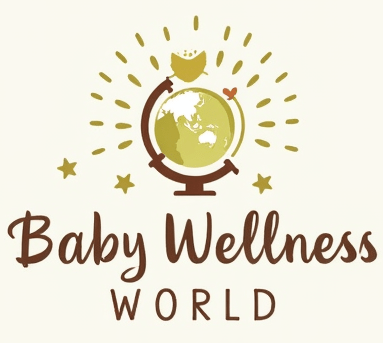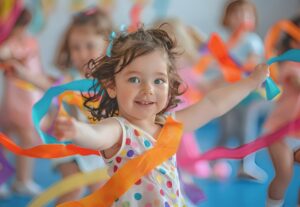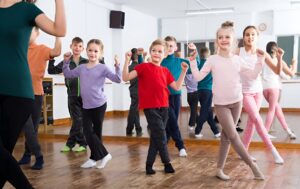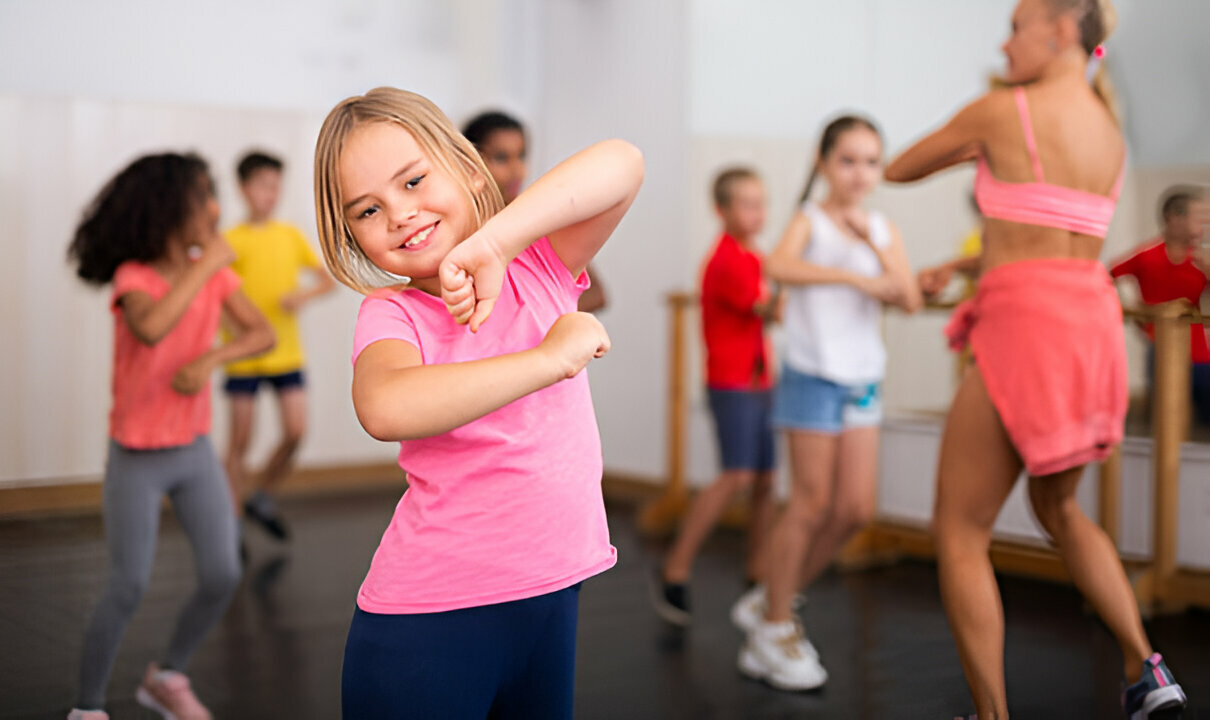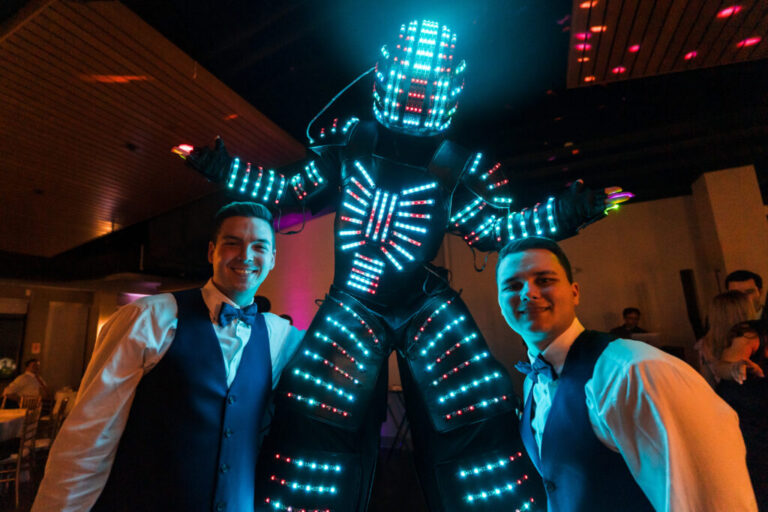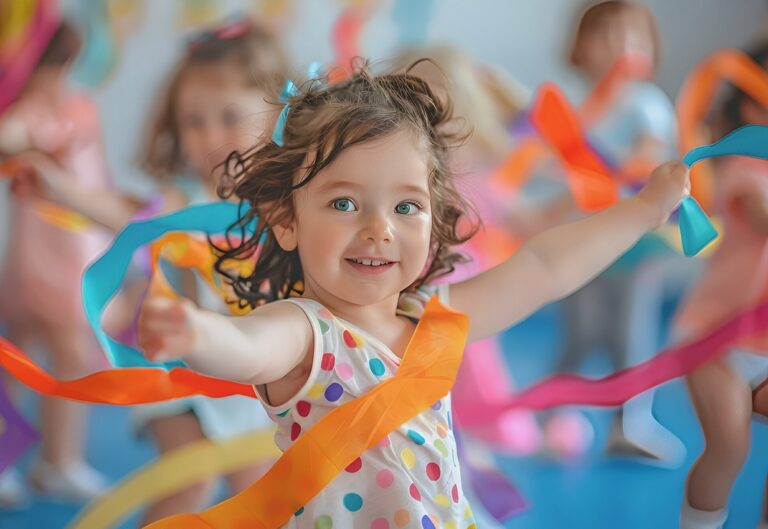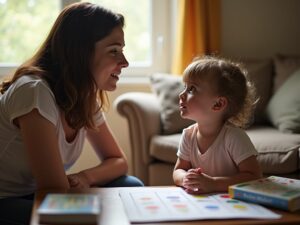Building a positive dance community is like creating a safe and encouraging space where dancers can express themselves freely. It’s about more than just learning choreography—it’s about fostering an environment where creativity, inclusivity, and mutual respect thrive. Whether you’re a seasoned dancer or just starting out, a supportive dance community can make all the difference in your journey. In this article, we will explore practical tips for creating and nurturing a positive dance community, where everyone feels valued and inspired.
Understanding the Importance of a Positive Dance Community
A positive dance community is essential for fostering personal and collective growth. It provides dancers with the support they need to push through challenges and celebrate successes together. When a community is rooted in positivity, everyone feels comfortable taking risks, trying new moves, and expressing their unique creativity. This positive environment not only enhances the individual dancer’s journey but also strengthens the community as a whole.
Fostering Inclusivity: Welcoming All Dancers
Creating a positive dance community starts with inclusivity. A community that embraces dancers of all skill levels, backgrounds, and identities encourages creativity and diversity. When people feel accepted for who they are, they are more likely to contribute their talents, ideas, and energy to the community. This open-minded approach makes every dancer feel they belong, building a stronger and more vibrant group.
Building Trust Through Communication
Effective communication is the backbone of any strong community. In a positive dance community, open dialogue allows dancers to express their ideas, ask for help, and share feedback without fear of judgment. By fostering trust and transparency, you create an environment where everyone feels heard and respected. Whether it’s through group discussions or one-on-one conversations, regular communication strengthens bonds and encourages collaboration.
Encouraging Supportive Competition
Competition can be healthy when approached in a supportive way. In a positive dance community, the focus shifts from defeating others to motivating each other. Friendly competition should inspire dancers to reach new heights without tearing each other down. By celebrating each other’s accomplishments and viewing competition as a tool for growth, a dance community can maintain a positive atmosphere while still pushing each other to succeed.
Celebrating Diversity in Dance Styles
A great dance community is one where various styles of dance are celebrated. Whether it’s hip-hop, ballet, contemporary, or salsa, each style has its unique rhythm and beauty. Embracing this diversity encourages dancers to explore new movements, cross boundaries, and develop a well-rounded skill set. A dance community that values different styles enriches the experience for everyone, as it creates opportunities to learn and grow from each other.
Promoting Mental and Emotional Well-being
A positive dance community doesn’t just focus on physical growth; it also cares about mental and emotional well-being. Dance can be a form of therapy, helping individuals release stress, build confidence, and improve their mental health. By creating a supportive environment where dancers feel safe to express emotions and be vulnerable, a community becomes a source of emotional strength. Dance is a journey, and the positive environment should nurture both the body and the mind.
Creating Opportunities for Growth
A strong community provides ample opportunities for growth. Whether it’s workshops, performances, or mentorship programs, offering dancers the chance to learn new skills helps them progress on their personal dance journeys. These opportunities also encourage collaboration and connection within the community. By facilitating growth, a positive dance community ensures that every dancer has a chance to shine.
Instilling Respect and Kindness in the Dance Space
Respect and kindness should be at the core of any dance community. A positive space is one where dancers support each other, celebrate each other’s progress, and treat each other with kindness and respect. Negative behavior, such as gossip, exclusion, or criticism, can easily erode a supportive environment. Ensuring that respect and kindness are always present will create a nurturing space where dancers feel comfortable and motivated.
Organizing Social Events and Bonding Activities
Creating a positive dance community isn’t just about what happens in the studio. Organizing social events and bonding activities, such as team outings, potlucks, or group dance challenges, helps foster deeper relationships outside of practice. These activities allow dancers to connect on a personal level and build friendships that go beyond the dance floor. Strong bonds formed outside the studio contribute to a more supportive and encouraging community.
Utilizing Social Media to Strengthen the Community
In today’s digital world, social media plays a significant role in connecting dancers and building a positive dance community. Platforms like Instagram, Facebook, and TikTok allow dancers to share their progress, offer support, and celebrate each other’s achievements. Creating a space online where dancers can interact, share tips, and showcase their work strengthens the sense of belonging and unity, even when not physically in the same location.
Fostering Collaboration Over Competition
While healthy competition is important, collaboration should always be the focal point in a positive dance community. When dancers work together, they can learn from one another, exchange ideas, and create powerful performances. By fostering a spirit of collaboration over competition, dancers are encouraged to support each other, leading to stronger group dynamics and collective success.
Maintaining an Open and Flexible Atmosphere
A positive dance community thrives in an open and flexible atmosphere. People should feel free to experiment with different styles, try new techniques, and explore their creativity without fear of being judged. When the environment is flexible and open to change, dancers are more likely to innovate and push the boundaries of their abilities.
Acknowledging and Celebrating Achievements
Celebrating achievements, both big and small, is an important aspect of building a positive dance community. Whether it’s an individual dancer mastering a challenging move or the group completing a successful performance, taking time to acknowledge accomplishments boosts morale and encourages further growth. Regular recognition creates a sense of pride and belonging within the community.
Dealing with Negative Behavior and Conflict Resolution
Even in the most positive communities, conflicts can arise. It’s important to address negative behavior promptly and professionally. Conflict resolution should be approached with empathy and understanding, aiming for a solution that benefits everyone involved. By creating a framework for resolving issues respectfully, the community remains strong and united, even during challenging moments.
Key Takeaways:
- Inclusivity is Essential: A positive dance community thrives when all dancers, regardless of skill level or background, feel welcome and valued.
- Open Communication Builds Trust: Transparent and respectful communication fosters a strong sense of trust and connection among community members.
- Celebrate Diversity: Embracing various dance styles and perspectives enriches the community and encourages creative growth for everyone involved.
- Support Mental Well-being: A healthy dance community prioritizes both physical and emotional well-being, helping dancers stay motivated and confident.
- Collaboration Over Competition: Encouraging teamwork and collaboration over rivalry creates a more supportive and dynamic dance environment.
Building a Legacy of Positivity in Dance
Creating a positive dance community is a continuous process that requires dedication, effort, and care. By fostering inclusivity, open communication, respect, and collaboration, you lay the foundation for a thriving, supportive space where dancers can grow, succeed, and shine. Remember, a positive dance community is more than just a group of people—it’s a family that uplifts and inspires each other to reach new heights.
What makes a dance community positive?
A positive dance community is characterized by inclusivity, open communication, respect, and support for every member, regardless of their skill level or background.
How can I contribute to creating a positive dance community?
You can contribute by being supportive, respectful, and encouraging toward others. Embrace diversity and foster collaboration, both in and outside the studio.
Why is mental well-being important in a dance community?
Mental well-being is crucial as it ensures that dancers feel emotionally supported, helping them stay motivated, confident, and healthy while pursuing their passion.
How can social media help build a positive dance community?
Social media allows dancers to connect, share their achievements, and provide support. It also helps spread positivity and create a sense of belonging, even across geographical boundaries.
What should I do if I encounter negativity in a dance community?
Address negativity respectfully by fostering open dialogue and promoting understanding. Encourage positive behavior and, if needed, involve community leaders to resolve conflicts.
